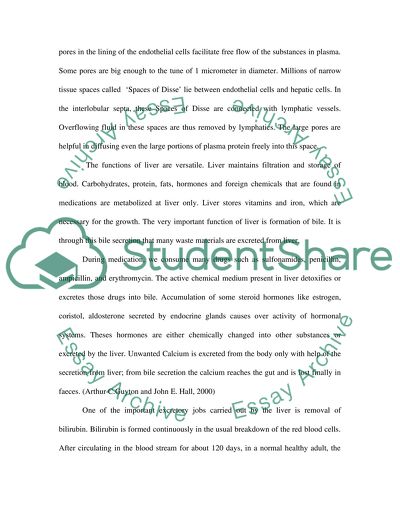Cite this document
(“Liver Essay Example | Topics and Well Written Essays - 2000 words”, n.d.)
Retrieved from https://studentshare.org/science/1518472-liver
Retrieved from https://studentshare.org/science/1518472-liver
(Liver Essay Example | Topics and Well Written Essays - 2000 Words)
https://studentshare.org/science/1518472-liver.
https://studentshare.org/science/1518472-liver.
“Liver Essay Example | Topics and Well Written Essays - 2000 Words”, n.d. https://studentshare.org/science/1518472-liver.


